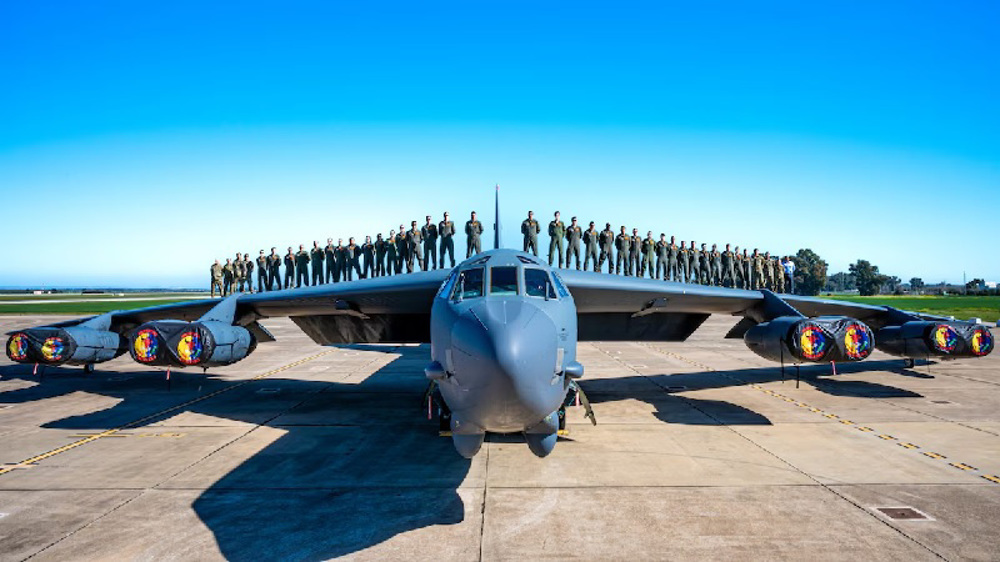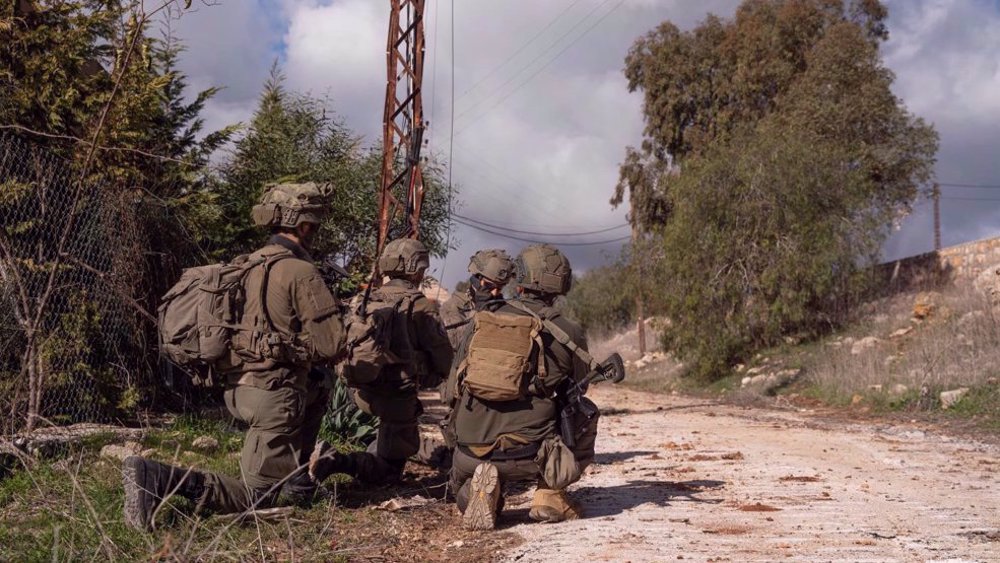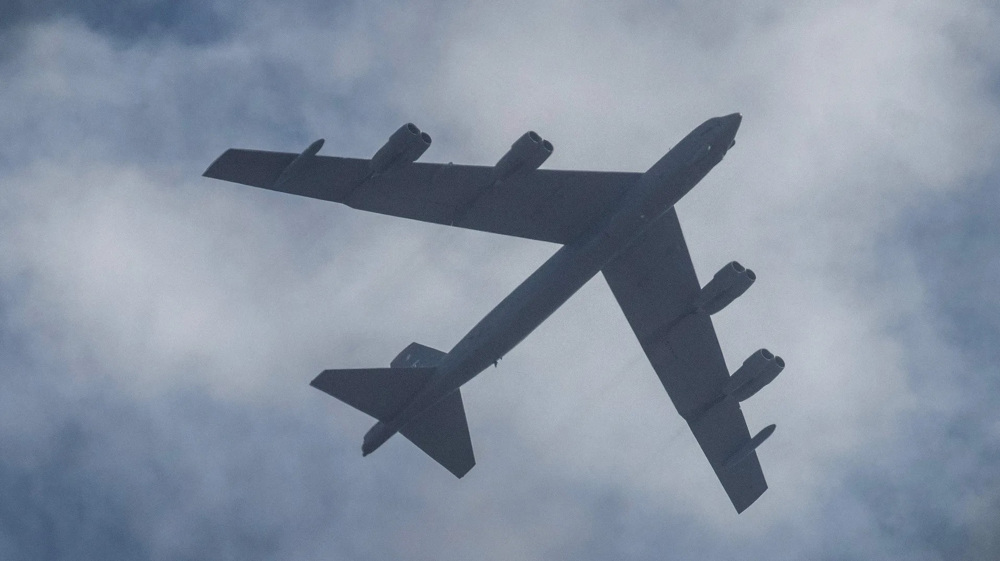US to deploy THAAD missiles to South Korea in 10 months
The US military says it will deploy its Terminal High-Altitude Area Defense (THAAD) system to South Korea within eight to 10 months.
Vincent Brooks, the commander of US forces in South Korea, made the remarks in an interview with the Yonhap news agency on Friday.
Brooks said the missile deployment on the Korean Peninsula would have a deterrent effect against what he called North Korean provocations, according to the agency.
He also said the THAAD anti-missile system battery would be bigger than one deployed in Guam, an American territory in the western Pacific Ocean.
US and South Korean governments are also reportedly discussing for the deployment of rotating strategic weapons onto the Korean Peninsula as deterrence.
The United States and South Korea have agreed to deploy the THAAD system in the Southeast Asian country to protect it against North Korean threats.
China, North Korea's main ally, is strongly opposed to the plan, but has expressed its anger over North Korea’s repeated missile and nuclear tests in the region.
Pyongyang says the tests aim to protect itself from the US military, which occasionally deploys nuclear-powered warships and aircraft capable of carrying atomic weapons in the region.
North Korea has been at odds with the South since the end of the Korean War of the early 1950s. An armistice ended all military hostilities between the two Koreas back then, but no peace deal ever ensued, meaning that, while the two countries are not at war, they are not at peace, either.
Although the US has a record of sending advanced weaponry to the Korean Peninsula amid heightened tensions between the two neighbors, such flights near the world’s most heavily fortified border are unusual.

In September, two US B-1B strategic bombers flew over South Korea and then approached North Korea’s border, according to US officials.
South Korean media reported that both bombers flew over a front-line US firing range located about 30 kilometers (19 miles) from the border.
One of the nuclear-capable supersonic bombers landed at Osan Air Base, near Seoul, the capital of South Korea -- a first in two decades. The four-engine bomber will stay at the base for an unspecified period of time.
VIDEO | Press TV's news headlines
VIDEO | Iranian military's 'Zolfaqar' exercises continue in full swing
VIDEO | People’s Fair for Gaza fundraiser held in New York
Hamas: Netanyahu tampering with fate of Israeli captives
VIDEO | Kashmir pays homage to Hezbollah leaders
VIDEO | Trump's ethnic cleansing plan draws Palestinian supporters to Seoul rally
VIDEO | An insider's view of the country: Kashan City
Iran condemns ‘vicious act of Israeli terrorism against civilians’










 This makes it easy to access the Press TV website
This makes it easy to access the Press TV website